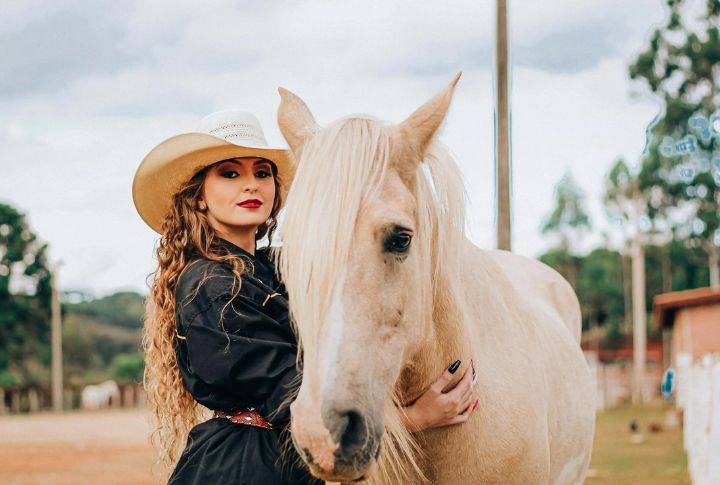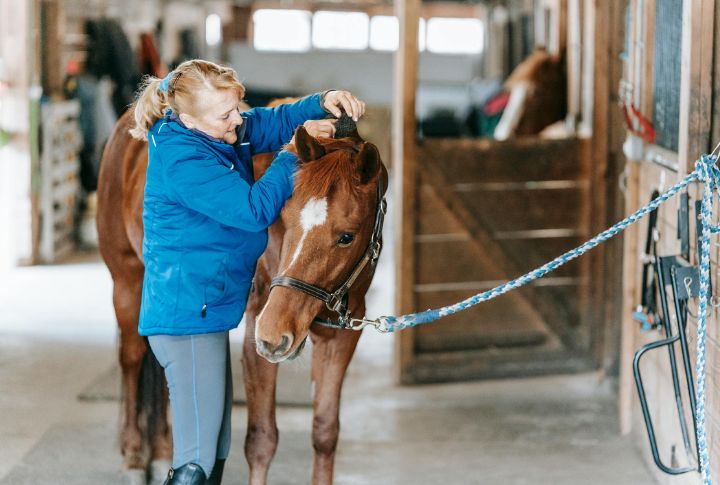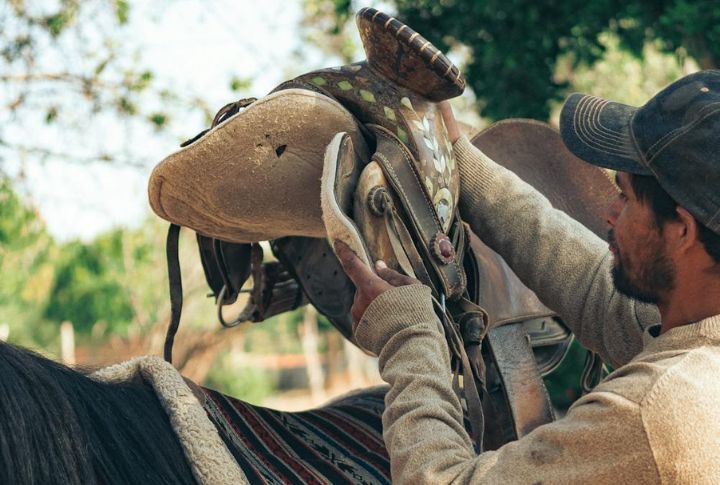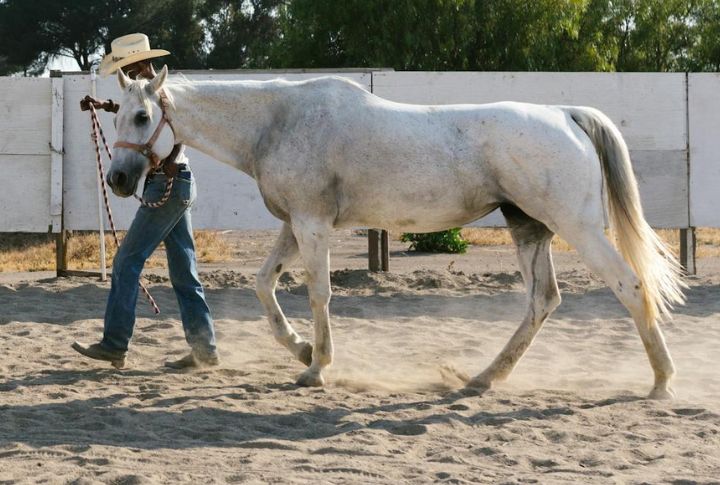
Some horses act like they’ve seen a ghost. Others act like they are one. If your equine buddy bounces between spooky and sulky, your routine might be the issue. Turns out, calm isn’t a vibe—it’s built through habit. Forget mystical fixes. Practical steps work best. And once you know which ones, you’ll wonder why you didn’t try them sooner.
Start The Day With A Calm Grooming Routine

Horses pick up on your energy. A relaxed grooming session helps ease them into the day while strengthening the bond. Start with slow strokes using a soft brush. Focus on areas they enjoy most—like the withers or neck—to signal safety and familiarity.
Begin Each Morning With Slow Breathing Exercises

Before diving into chores or saddling up, take a moment to breathe alongside your horse. Exhaling slowly while standing near them can lower their heart rate. This simple act helps reset their nervous system and brings a noticeable shift in their body language.
Lead Your Horse On A Gentle Morning Walk

A morning walk on a lead rope gives your horse space to observe and relax without pressure. It’s not a workout; it’s a ritual of calm. Allowing them to explore freely sets a peaceful tone before easing into more demanding routines.
Use Consistent Training Methods That Build Trust

Inconsistency can rattle the confidence of seasoned horses, too. They rely on clear cues and timing. When training methods shift day to day, it leads to confusion. Keeping tone, posture, and expectations predictable ensures your horse feels safe and mentally anchored.
Ensure Comfortable Saddle Fit Before Riding

Discomfort under the saddle shows up fast, in flinches or avoidance. Always check girth pressure and overall fit before mounting. Even subtle soreness can erode focus and trigger anxiety, which turns a routine ride into a stressful experience your horse will remember.
Introduce Relaxing Groundwork Exercises

Groundwork can be calming if it’s structured right. Light and flowing movements with soft cues like circling, backing up gently, or yielding the hindquarters encourage cooperation without tension. When the goal is clarity instead of control, the horse is less likely to carry stress into later activities.
Offer A Slow And Controlled Ride

Pushing speed or skipping warmups can trigger a horse’s flight response. A slow-paced ride lets them focus and relax. Use loose reins when safe, keep turns wide, and avoid jerky aids. Let the ride feel like a moving meditation, not a test.
Play Soft Background Music During Stable Time

Soft music may help reduce stress in horses by masking sudden or jarring noises that could otherwise startle them. Its calming effect is believed to promote a more relaxed environment, though responses can vary among individuals and depend on the horse’s sensitivity to sound.
Incorporate Post-Activity Massage And Stretching

After training, a light massage along the spine or hamstrings helps muscles recover while easing lingering tension. Follow with gentle leg stretches or neck flexions to deepen relaxation. When done with care, this physical contact signals the end of effort and the beginning of calm.
End The Day With Quiet Time In A Familiar Space

As the barn quiets, let stillness take over. Dim lighting, a clean stall, and familiar scents help the horse unwind both mentally and physically. Skipping late-night noise or unfamiliar routines preserves their sense of safety, reinforcing the comfort found in a predictable close to the day.

